Mark Rappaport / A life of her own— on the cinemascoping of George Cukor
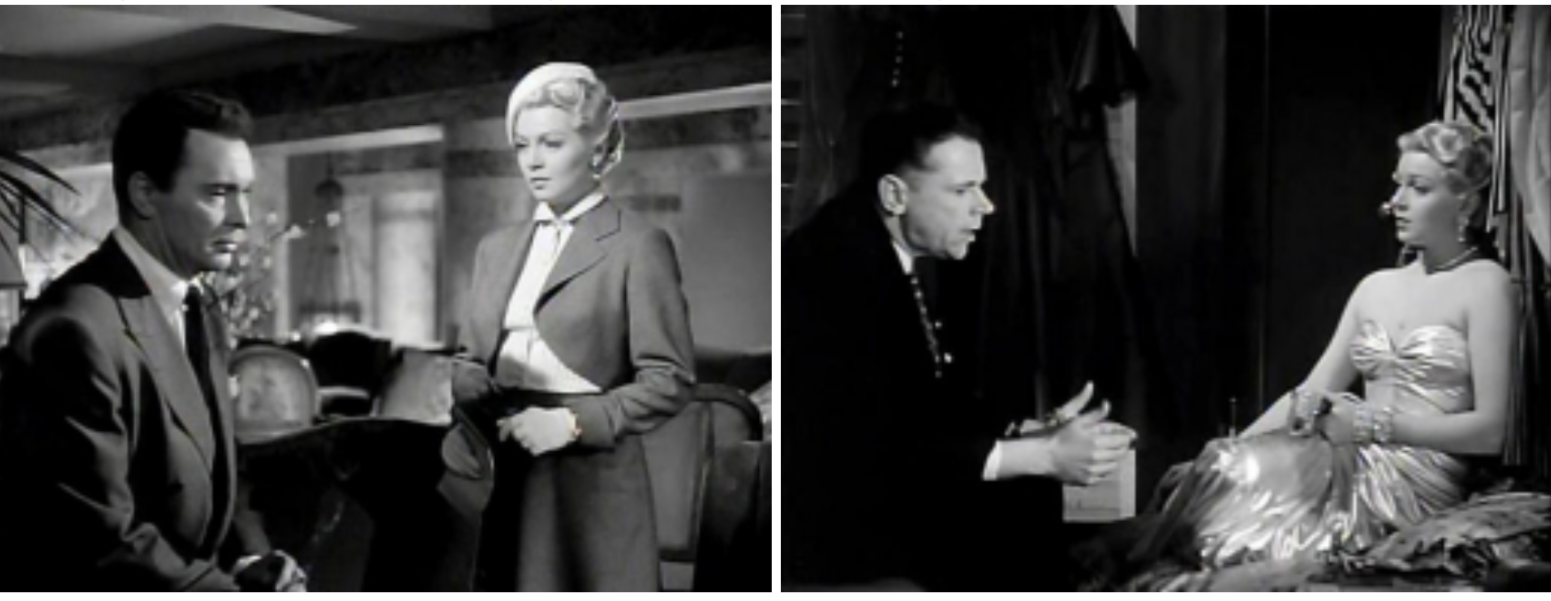

Mark Rappaport / A life of her own— on the cinemascoping of George Cukor
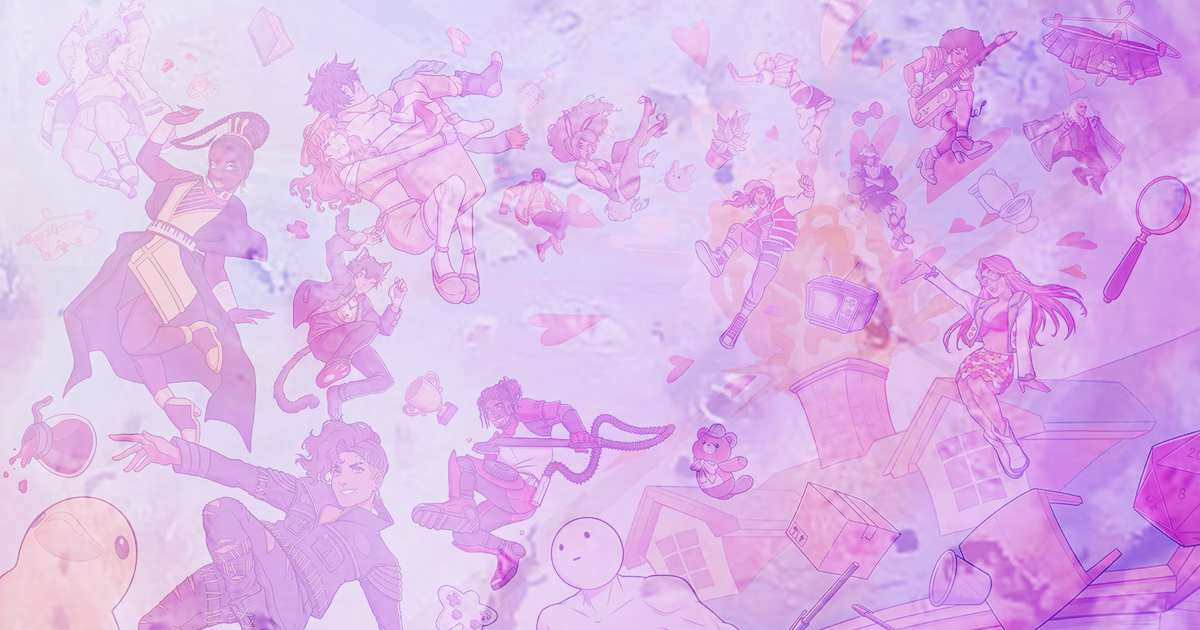
Ryslaine Moulay
Mi hanno sempre detto che l’amore è una questione di compatibilità. Ma che accade quando il desiderio devia, inciampa, si confonde tra oggetti non progettati per essere amati?
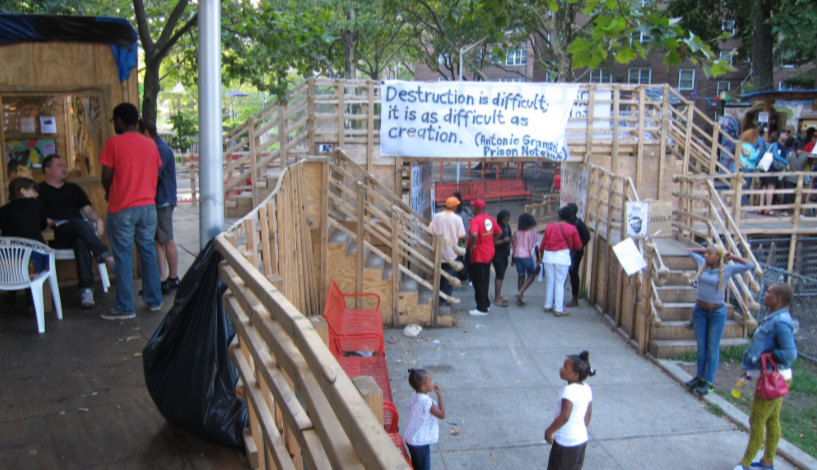
Toni D’Angela
La posta in gioco dell’educazione estetica nell’età della globalizzazione neoliberista che privatizza una produzione sempre più socializzata e cannibalizza, oltre che le sue stesse condizioni di riproduzione, persino il futuro e che è inconciliabile con l’estetica, non è tanto una riappropriazione del sentire “autentico”, peraltro già da sempre investito più che rivestito da protesi e concatenamenti, ma è il (sentire) (in) comune.
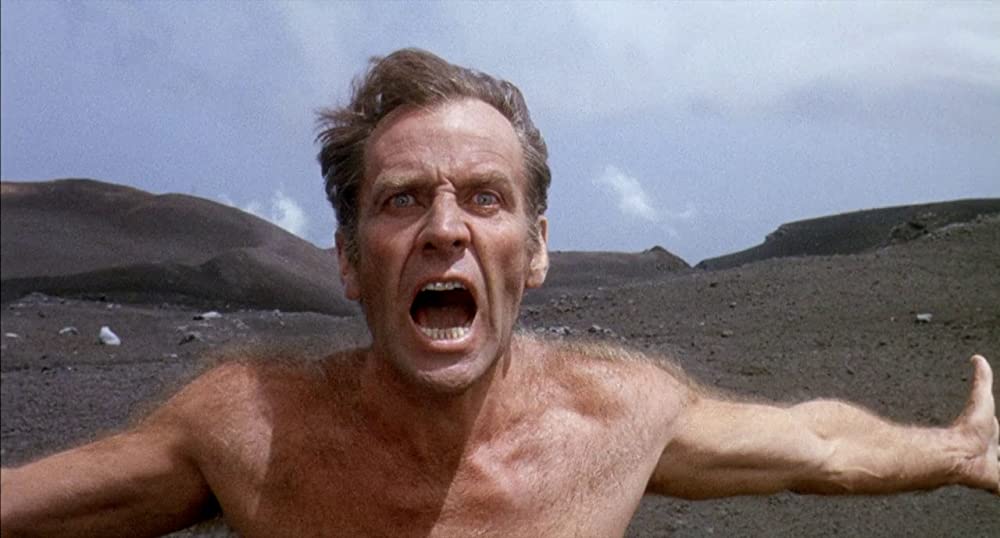
Vincenzo Frungillo
Qualche anno fa il libro L’io-pelle dello psicanalista francese Didier Anzieu, riassumeva tutta un serie di fenomenologie della percezione legate alla carne, scardinando l’egotismo occidentale attraverso la centralizzazione del margine: la pelle è il limite biologico, l’involucro, che apre all’altro incessantemente. Scrive Gaudioso nella poesia che chiude il primo movimento: “il mio corpo traduce e seduce il divenente/urlo nel mio dna scrivente”. Ma l’estrema disposizione all’apertura richiede ancora un movimento: aldilà della psicanalisi, ricordando con la fisica, che la materia è fatta di luce, e con essa il corpo così la carne e la pelle.
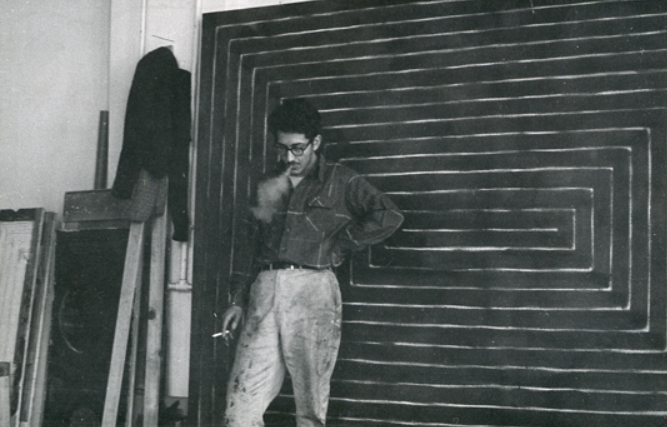
Toni D’Angela
A lungo la pittura è stata idealismo, sublimazione del materiale, trasfigurazione della materia, investimento soggettivo dell’oggettività. La pittura di Ryman è un “making something visible”. Ryman ha detto: “I do something with the paint, but I’m not painting a picture of anything”. Già il Modernismo l’aveva fatta finita con la concezione della pittura come rappresentazione, finestra albertiana attraverso la quale guardare il mondo e leggere narrativamente il suo significato.

Elisa Mancioli
Federico Ferrari
“And if when I pompously announce that I am addressed — To the imagination — you believe that I thus divorce myself from life and so defeat my own end, I reply: To refine, to clarify, to intensify that eternal moment in which we alone live there is but a single force — the imagination.” – William Carlos Williams, Spring and All (1923)
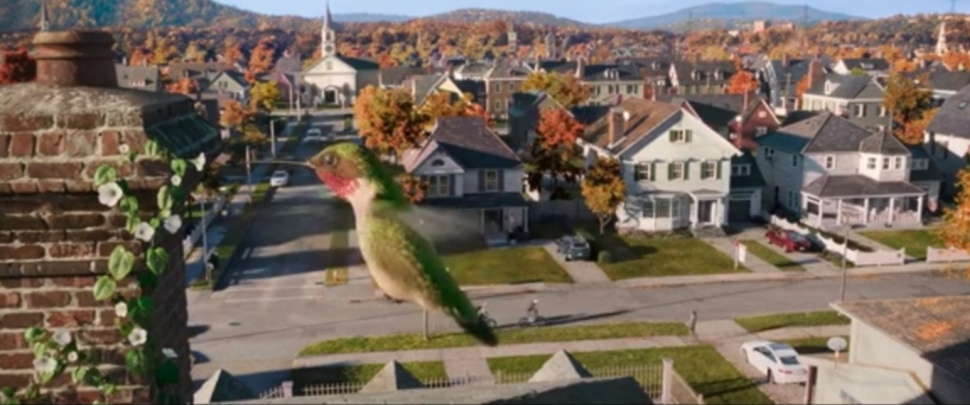
Gino Frezza
Here di Zemeckis è una fortissima scommessa su stabilità, costanza del visivo e conduzione del racconto filmico, a fronte della sua continua mutevolezza interna, ritagliata dentro cornici che danno il legame che lo spazio detiene con la storia, con il cambiamento (architetture, costumi, tecnologie, mobilità, ma talvolta pure conflitti fra generazioni, feste, accidenti-incendi, differenze etnico-sociali, ecc.). Finestre visive su finestre visive che si mostrano da un solo angolo visivo e che tuttavia danno anima a un puzzle costantemente cangiante, legano il presente a un tempo che mostra le sue (spesso) inavvertite radici.
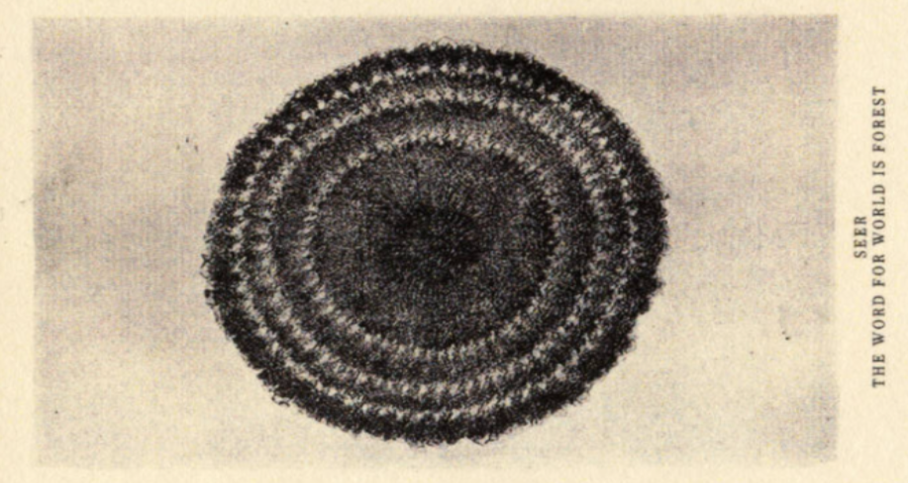
Elisa Mancioli
Michael Marder
I get why you are reluctant to give up on nature (the word), and I share the sentiment; it looks like it could be linked to our not giving up on nature itself — however wide the meaning of this statement. If, pragmatically, meaning is what we’re prepared to do, is the way we respond, we need to act with nature and use nature responsibly, taking into account those vital blind spots (this is what should make the distinction between right-wing and leftist praxis). Starting “from below”, from our day-to-day, our immediate proximities, with the creation of spaces of growth that are critical enough that they escape capitalistic profit and progress logics, and with widening our understanding of birth and birthing, consequently of families and kinship, with very practical struggles as well as theoretical ones.
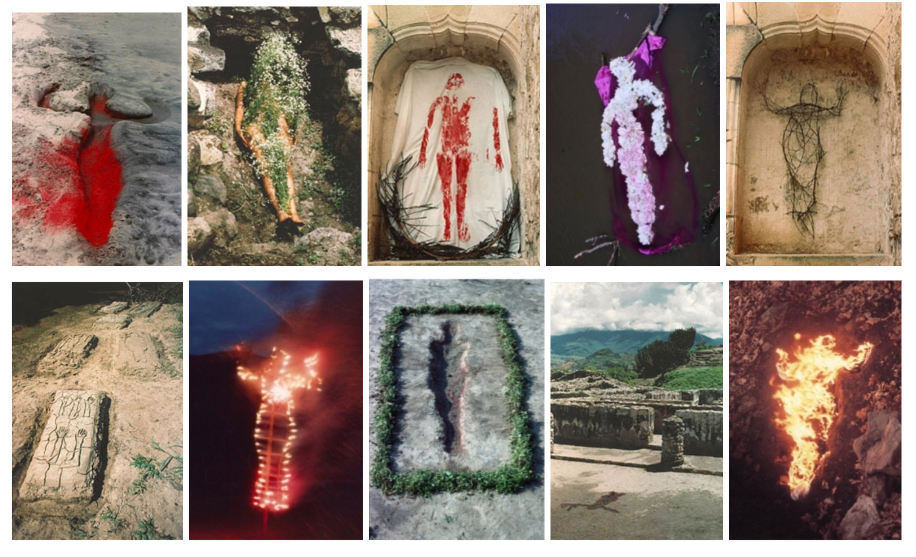
Elisa Mancioli
Carlotta Cossutta
La prima cosa l’ha già detta lei: un approccio materialista che non sia per forza di cose ortodosso, ma che ci obblighi a guardare alle condizioni reali di vita, a come utilizziamo il nostro tempo, alle catene globali della cura e quindi alle relazioni di oppressione che noi stesse costruiamo con altre donne. Guardare le condizioni materiali significa uscire dalla pura dimensione culturale, che rischia di cancellare le differenze tra donne e allo stesso tempo di non vedere alcuni dei problemi più pressanti, che non sempre sono ciò che ci immaginiamo che siano, o ciò che ci rappresentiamo.

Elisa Mancioli
Carlotta Cossutta

Waleska Antunes
Behind every image, something has disappeared. And that is the source of its fascination. Behind virtual reality in all its forms (telematics, IT, digitization, etc.), the real has disappeared. And that is what fascinates everyone. According to the official version, we worship the real and the reality principle, but – and this is the source of all the current suspense – is it, in fact, the real we worship or its disappearance?
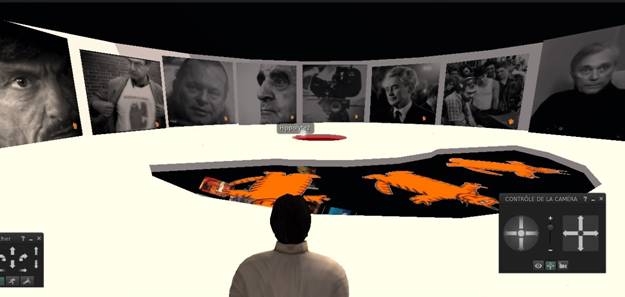
Raymond Bellour sur Chris Marker et Victor Burgin.
Dans son essai sur Chris Marker et La Jetée, Victor Burgin démarque par trois fois en début de paragraphe la phrase liminaire du film (“La Jetée est l’histoire d’un homme marqué par une image d’enfance”), déjà attestée d’emblée sous sa forme originale par la reproduction d’un photogramme : “Ceci est l’histoire d’un homme marqué par une image d’enfance.”

Cultural expression was a major element of resistance in the Third World. The intertwining of armed struggle and cultural production was assumed on many levels.
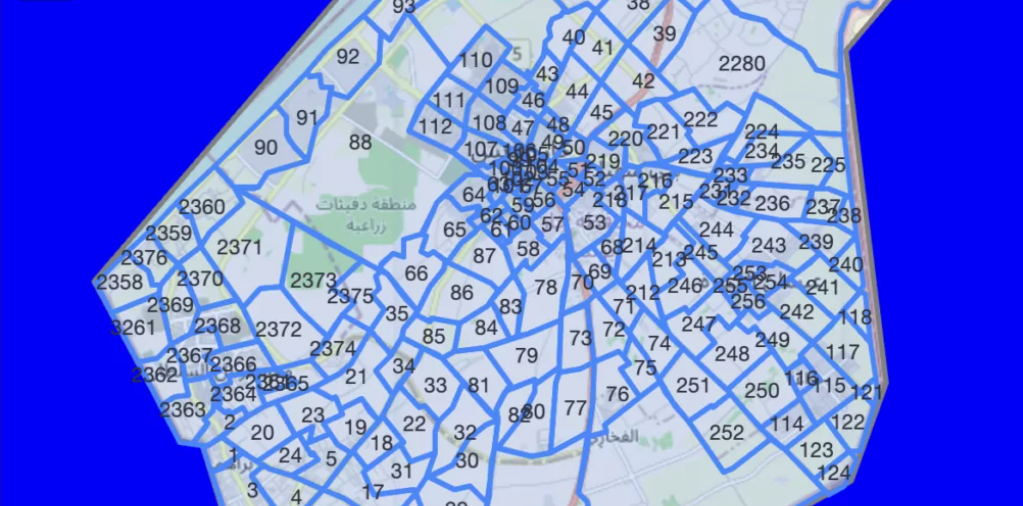
Anaïs Nony
An investigation published on November 30th by independent journalist news platforms +972 Magazine and Local Call interrogates the wider use of artificial intelligence on the Israeli war on Gaza. Based on interviews with current and former members of Israeli’s intelligent community reveals that IDF’s intelligent units has shifted to become a “mass assassination factory” that operate under the disguise of statistically precise and technically advanced intelligence tools.
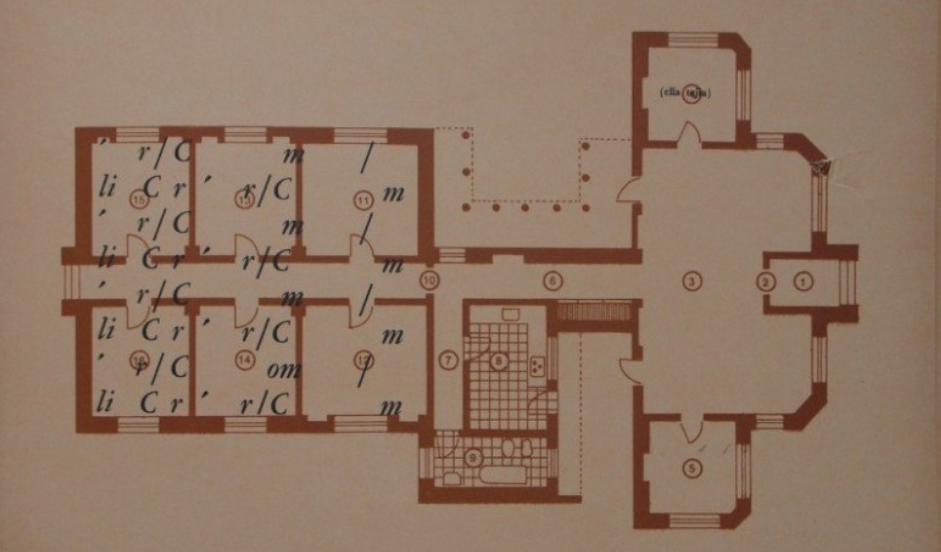
Irmgard Emmelhainz
*This text is a chapter taken from:
The Sky Is Incomplete. Travel Chronicles in Palestine, Vanderbilt University Press, 2023